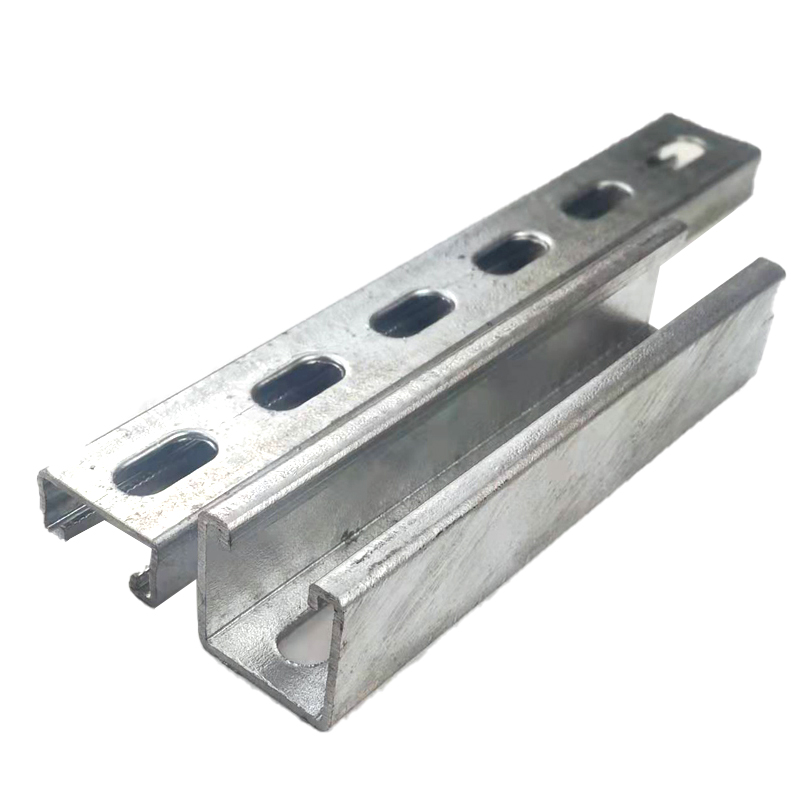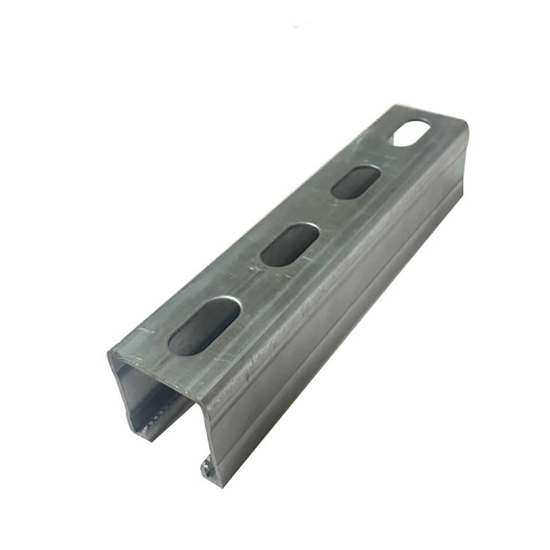The Function and Types of C Channel
C channels, also known as C purlins or C sections, are structural components widely used in construction projects. These durable and versatile steel profiles have various applications and are often employed as a support system in buildings or as framing members. In this article, we will discuss the function and different types of C channels.
The primary function of C channels is to provide structural support. By distributing the load evenly, they help to enhance the strength and stability of a building. C channels are commonly used as beams, columns, and purlins. As beams, they are an integral part of the framework, supporting the weight of the structure and transferring it to the foundation. They can also be utilized as columns, playing a crucial role in supporting the roof of a building. Additionally, C channels can function as purlins, providing structural support to the roof deck and transferring the weight to the load-bearing walls.
C channels come in various types, each serving a specific purpose. Some common types include standard (or conventional), sloped flange, and strut C channels. Standard C channels, also known as traditional C channels, have both flanges of equal length. They are widely used in construction and are particularly suitable for applications where relatively light loads are expected. Sloped flange C channels, on the other hand, have one flange longer than the other, creating a sloping effect. This design increases the load-bearing capacity and is often used in industrial projects. Strut C channels are mainly utilized in electrical and mechanical installations. They have holes along the surface, allowing them to be easily mounted to walls, floors, or ceilings.
In addition to the various types, C channels also come in different sizes and dimensions to meet specific project requirements. The size of a C channel is determined by its height, width, and weight per foot. These measurements dictate the load capacity and support capability of the channel. When selecting a C channel, it is crucial to consider factors such as the span, type of load, and environmental conditions.
The advantages of using C channels are numerous. Firstly, they are lightweight, making them easier to handle and install. Secondly, their versatility allows them to be used in a wide range of applications, from residential buildings to industrial projects. Thirdly, C channels offer high structural strength while requiring minimal maintenance. They are also resistant to corrosion, ensuring durability and longevity.
In conclusion, C channels play a vital role in construction projects, providing structural support and enhancing the overall strength and stability of a building. They come in various types, sizes, and dimensions to suit different applications and requirements. Whether used as beams, columns, or purlins, C channels offer versatility, durability, and ease of installation. Their lightweight nature, high load-bearing capacity, and resistance to corrosion make them an excellent choice for various construction needs.


